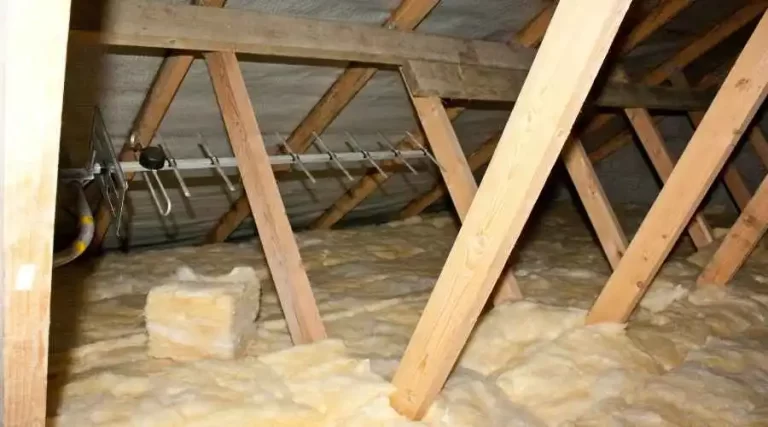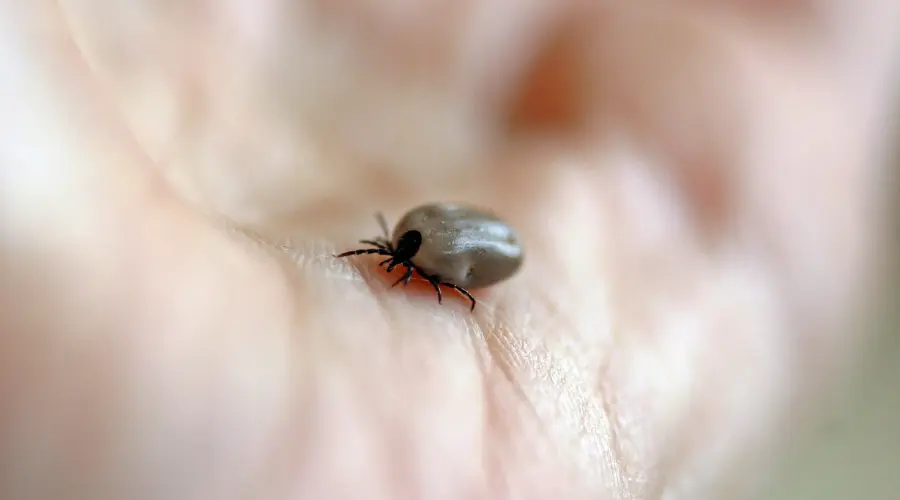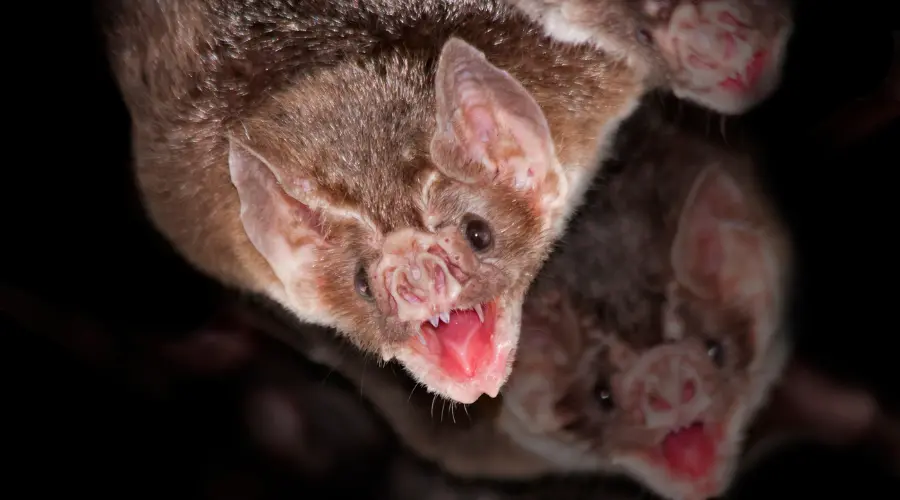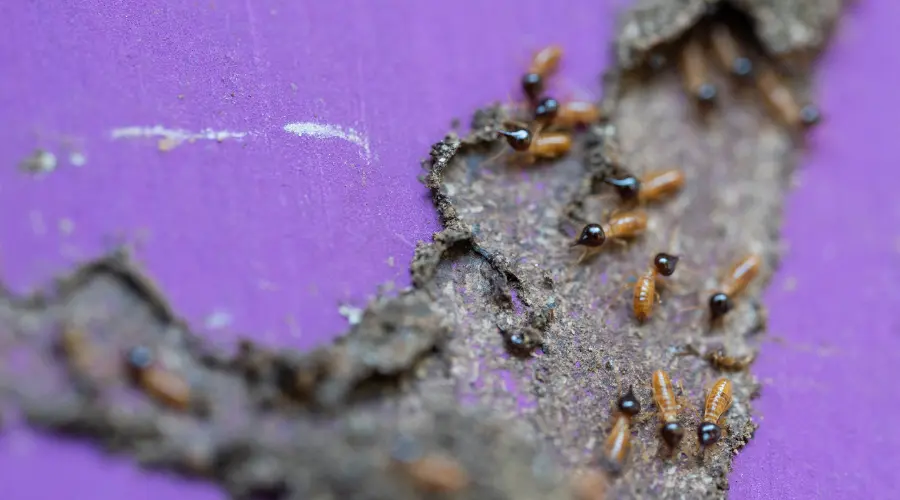If you’ve never dealt with a bat infestation in your home, it probably isn’t the first thing that comes to mind. Unfortunately, some California residents must cope with the problem of bats nesting on their land, which occasionally creates conditions reminiscent of Halloween.
Whether you think them adorable or terrifying, if bats decide to live in your attic, you could be in trouble. Both the waste products they leave behind and the potential for bites make them a danger to public health.
What first attracts bats to your house?
When bats decide to live indoors, they seek out areas that are generally calm, dimly lit, and have quick and easy access to the outdoors so they may continue to forage at night. Barns, chimneys, attics, and wall voids are a few examples of such places.
According to the National Wildlife Federation, bats can withstand temperature changes of about 120 degrees Fahrenheit when hibernating for the winter without suffering any harm. It is not uncommon for homeowners to go several years without learning there is a bat colony in their home because of how secluded bat nests can become.
The key signs that bats may be living in your home are the following:
- Excrement piled up in one spot in the attic or near a doorway.
- Drops have impacted the attic’s insulation.
- On the attic’s walls, there are urine stains can be observed.
- The presence of excrement probably causes the strong ammonia smell that permeates your attic.
- Hearing background noises like scratching or squeaking.
- Seeing bats (alive or not)
If you enter your home and discover a bat in the living room or attic, it most likely got there by accident. Bats can find holes in the attic that they think to lead outside, but they might end up imprisoned inside your bedroom with no way out.
Are the bats in my area a welcome addition?
According to the New Jersey Agricultural Experiment Station at Rutgers University, most people have misconceptions about bats. Bats do not have terrible vision, unlike what many people think. While functioning in low-light conditions, their eyes, on the other hand, have been altered to help them better recognize prey and avoid obstacles. Many nectar-eating bats have an edge while looking for blooms at night because they can detect UV light.
Most bats, including those found in California, eat insects as their primary food source. The presence of bats, primarily nocturnal animals, is crucial in reducing the number of mosquitoes, moths, caddisflies, midges, and other small insects in the area.
Bats can employ echolocation, which allows them to determine their prey’s size and motions precisely. You might be able to hear the tinny clicks that bats make as they fly over the night sky if they are present where you live.
What might be attracting these bats to my house?
Bats are routine-oriented animals. They will continue to spend all of their time in the same place each year if they succeed. The same bats will probably return if you do not effectively block up entry points. Each year, bats give birth to one or two offspring, which they rear covertly in the attic or chimney of your home.
You risk getting bitten if you don’t take action and contact your neighborhood pest control or wildlife management company. Bats can occasionally carry rabies transmitted from bats to humans through their saliva.
How much would it cost to keep the bats out of your attic?
The size of your home and the amount of work required to provide adequate preventative services determine the cost of bat control. For instance, implementing bat control measures in homes with just one bat access site will often be less expensive. This contrasts with homes that have a lot of exposed access points.
Where to Seek Professional Help?
There isn’t a lot that municipal animal control departments can do to eliminate bats that have moved into houses or barns. If you have any questions about the methods used to get rid of bats in your city or county, please get in touch with your local Animal Control office.





